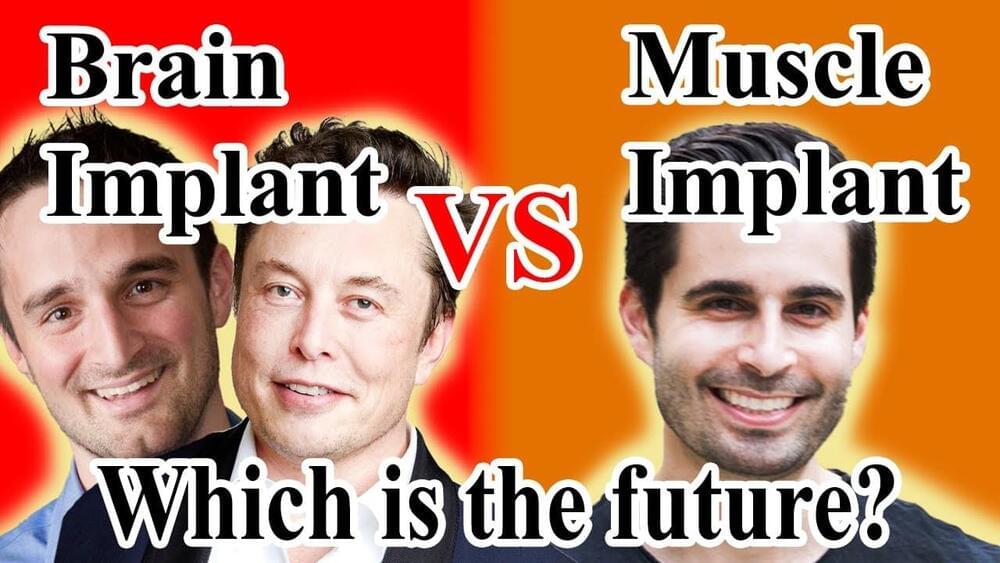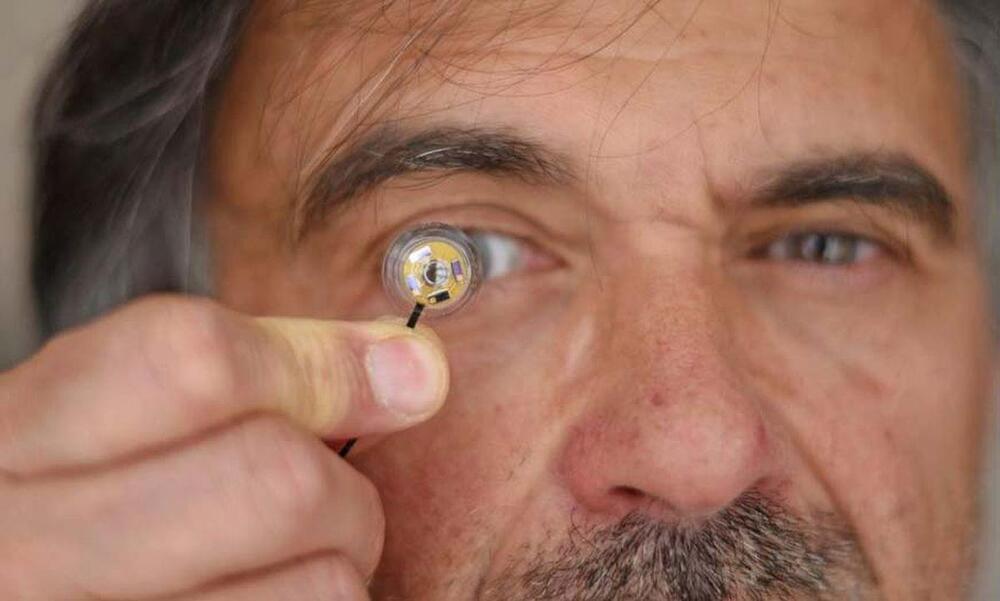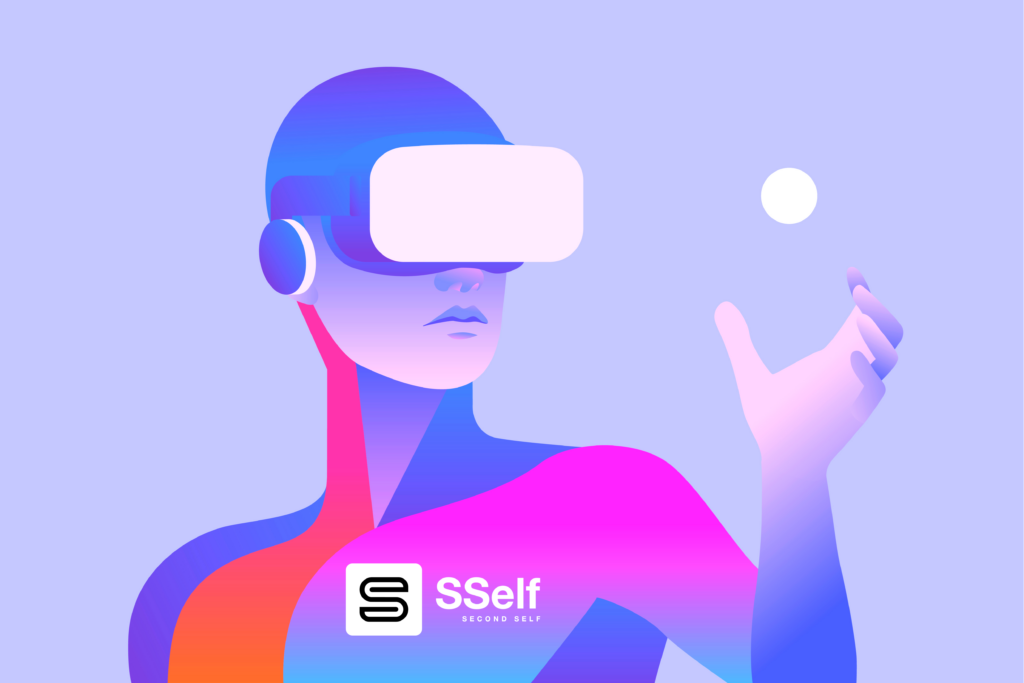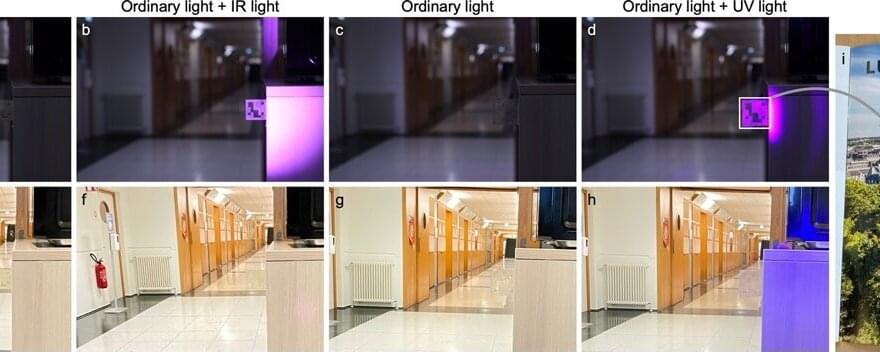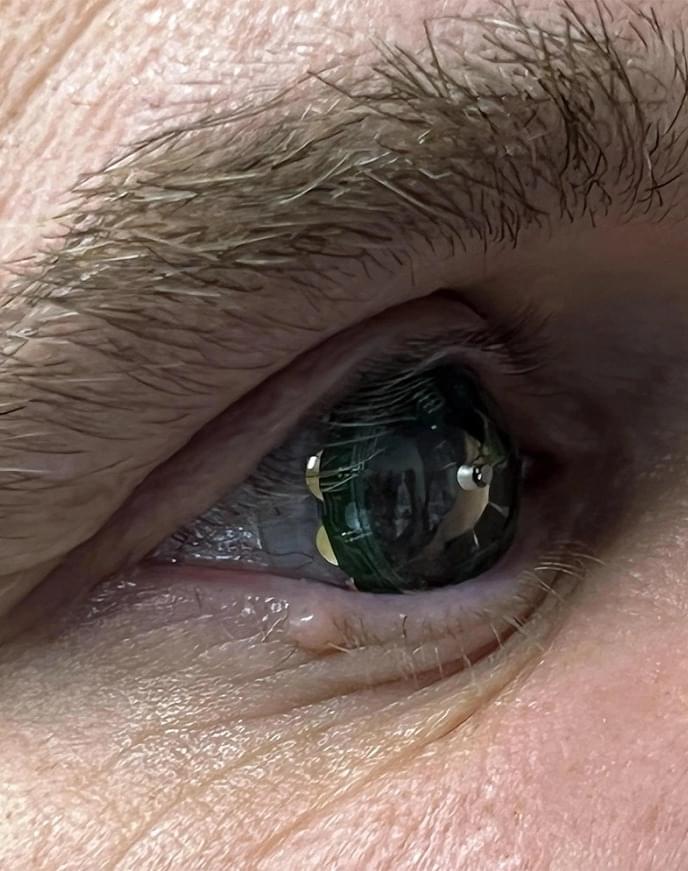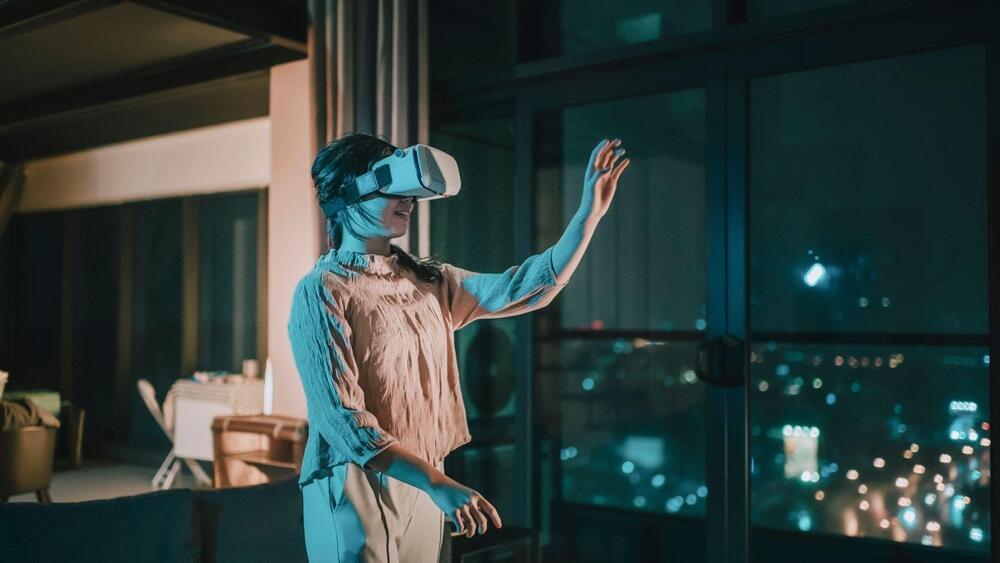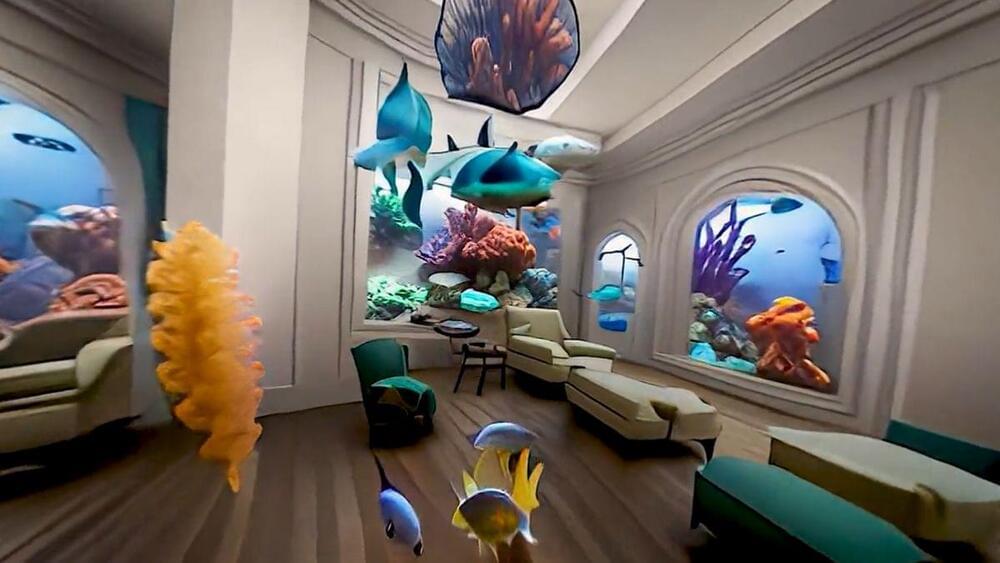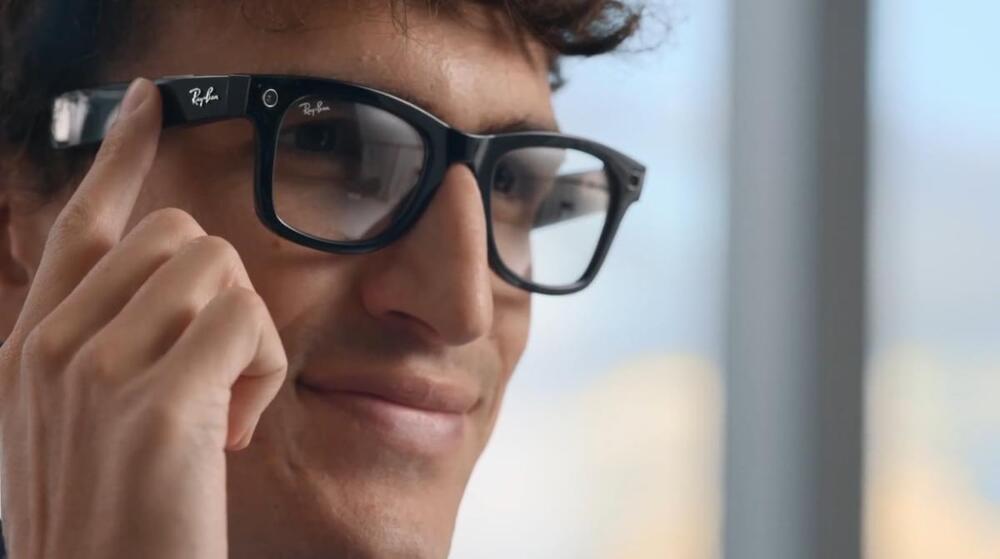Nov 24, 2022
Building NeuroTech Minimally Invasive Human Machine Interfaces | Dr. Connor Glass
Posted by Kelvin Dafiaghor in categories: augmented reality, biotech/medical, cyborgs, government, law, life extension, neuroscience, robotics/AI, virtual reality, wearables
Neuralink’s invasive brain implant vs phantom neuro’s minimally invasive muscle implant. Deep dive on brain computer interfaces, Phantom Neuro, and the future of repairing missing functions.
Connor glass.
Phantom is creating a human-machine interfacing system for lifelike control of technology. We are currently hiring skilled and forward-thinking electrical, mechanical, UI, AR/VR, and Ai/ML engineers. Looking to get in touch with us? Send us an email at [email protected].
